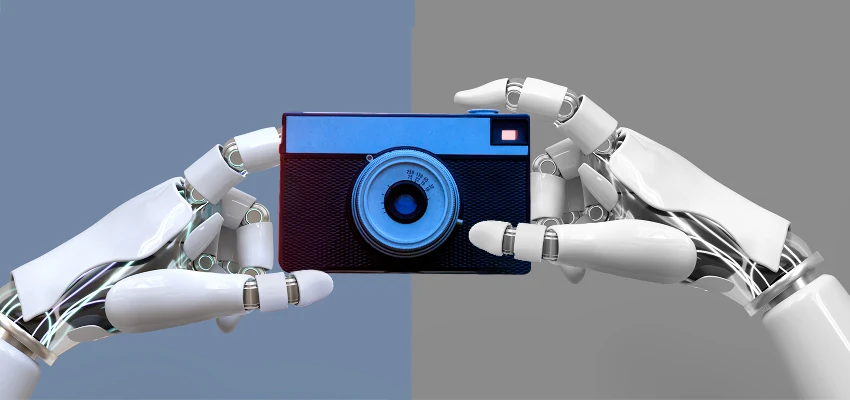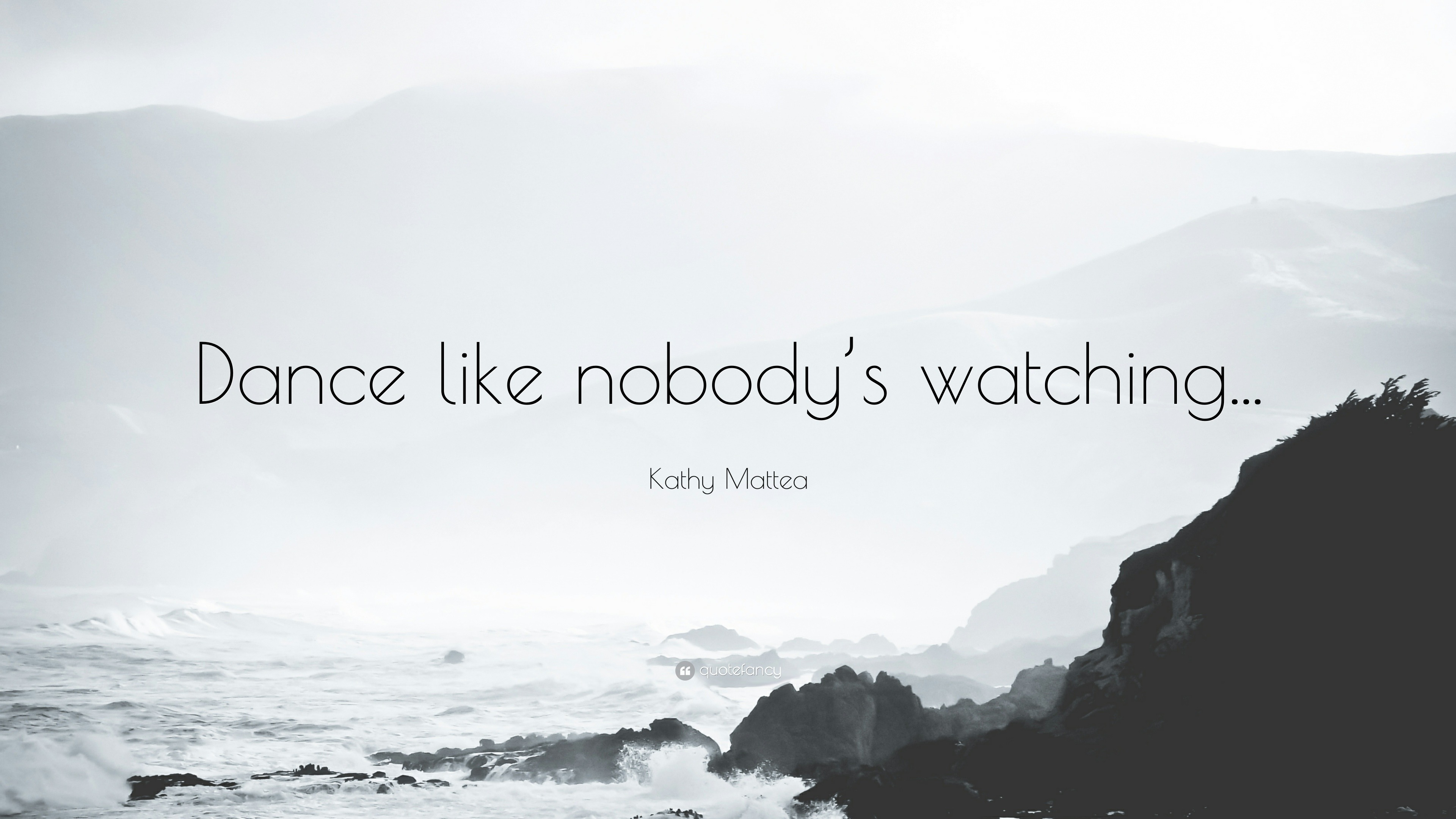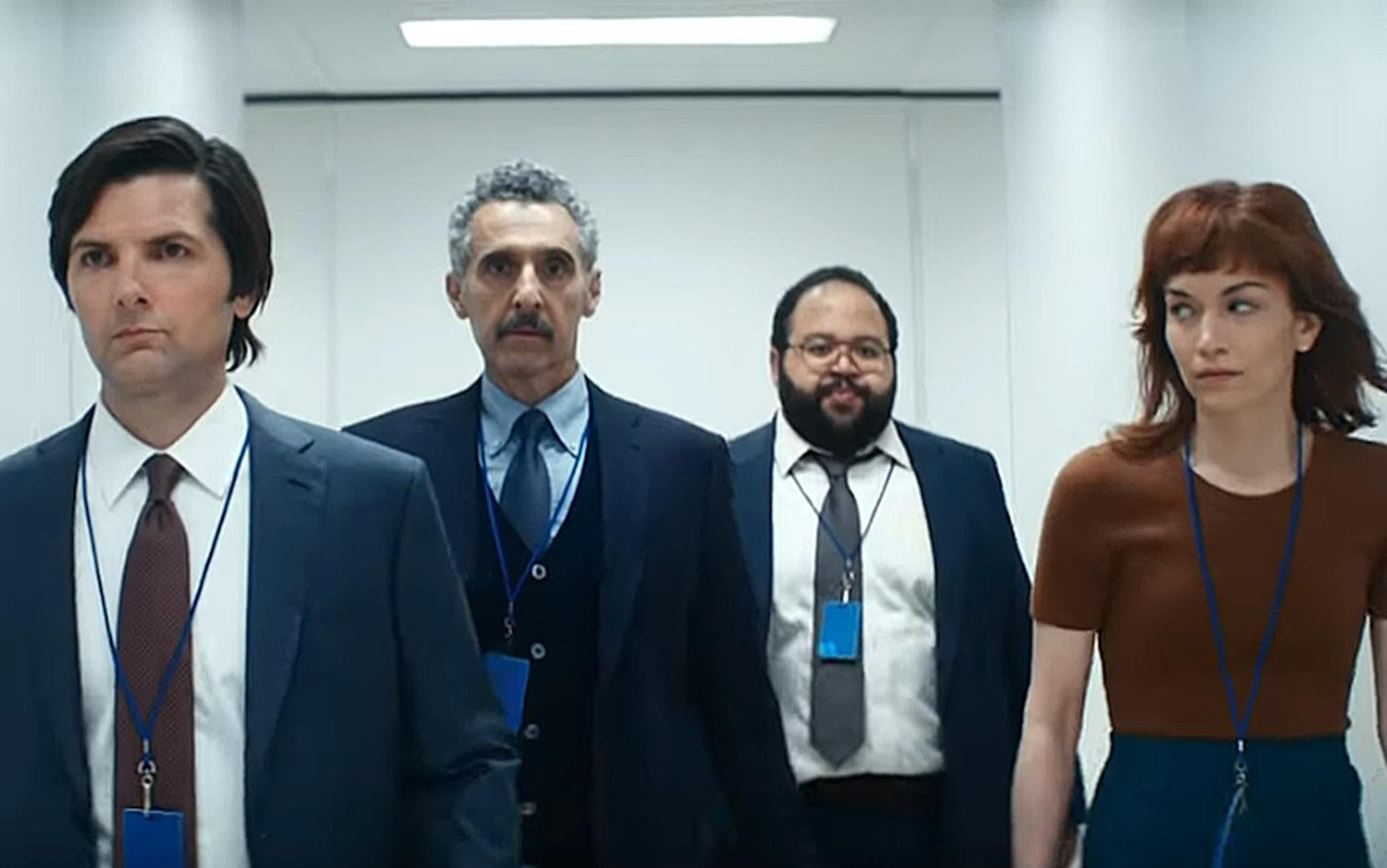AI in photojournalism is at the forefront of a transformative conversation about storytelling in the digital age. As traditional photography faces daunting challenges—ranging from copyright infringements to the rise of synthetic images that blur the lines of reality—this technology holds the potential to preserve the integrity of visual narratives. Emmy award-winning journalist Kira Pollack is harnessing AI to secure and archive the vast body of work created by photojournalists, ensuring that crucial historical moments are not lost to time. By investigating the impact of AI on photography, Pollack aims to address pressing issues like photojournalism challenges while exploring the ethics surrounding AI photography. Her groundbreaking research serves as a lifeline for preserving photo archives, as she navigates the precarious waters of technology and authenticity.
The intersection of technology and visual storytelling is reshaping how we perceive and document events in our world. Within this landscape, the utilization of artificial intelligence in visual media offers solutions to persistent issues within journalistic photography. Kira Pollack, a prominent figure in the visual arts, advocates for innovative methods to not only safeguard the legacies of photographers but also elevate their narratives through AI tools. This exploration into advanced photographic techniques seeks to alleviate the hurdles posed by modern-day photojournalism while maintaining a strong ethical framework. As we delve into these dynamic discussions, it becomes clear that AI’s role extends beyond mere image generation—it has the potential to enhance, preserve, and honor the craft of documenting reality.
The Intersection of AI and Photojournalism
In recent years, the integration of artificial intelligence into photography has sparked a spirited debate about its potential benefits and drawbacks. As Kira Pollack, a leading voice in the world of photojournalism, has explored, AI brings with it both challenges and opportunities. On one hand, the risk of AI-generated images can lead to a significant erosion of trust among audiences concerning what constitutes real photography. This concern is exacerbated by the rapid dissemination of highly realistic synthetic images, which may mislead viewers about events captured in the moment.
However, Pollack advocates for the potential of AI to revolutionize the way photojournalism preserves its history. By harnessing AI technology, photojournalists like Pollack aim to create more organized and accessible archives of important images that tell true stories of humanity. This duality of AI’s role in photojournalism—both as a potential aggressor and a guardian of authentic narratives—highlights the importance of exploring ways to leverage this technology responsibly in order to maintain the integrity of visual storytelling.
Navigating Photojournalism Challenges with Technology
The challenges facing photojournalism today are multi-faceted, with the preservation of archives being a pressing concern. Pollack notes that a significant percentage of images captured by photojournalists remain unpublished and unseen. Many of these images serve as crucial documentation of key historical moments, and the risk of losing them to time and neglect is substantial. In a world where AI is increasingly prevalent, the mission to safeguard these archives is more critical than ever.
To effectively tackle these challenges, Pollack’s initiatives at the Shorenstein Center emphasize collaboration between technology and journalism. By exploring innovative ways to catalog and contextualize images, her research aims to enhance the discoverability of photojournalism archives. The key is to ensure that while technology evolves, it does not compromise the truth that these photographs represent. Thoughtful integration of AI can facilitate better preservation strategies, allowing future generations to access the rich visual narratives that define our collective history.
Ethical Considerations in AI Photography
As the line between genuine photography and AI-generated images becomes increasingly blurred, ethical concerns in AI photography come to the forefront. Photojournalists are grappling with the implications of using AI tools that might misinterpret or misrepresent the subject matter. Pollack’s advocacy for responsible AI implementation in photojournalism underscores the necessity of maintaining ethical standards that honor the dignity of the subjects and the truth of the situations captured.
One of the critical discourse points revolves around copyright and consent, as many photographers worry about their work being used to train AI systems without permission. Pollack’s research seeks to address these issues by exploring how to balance technological advancement with ethical responsibility. It raises essential questions: How can AI be employed in a manner that respects the rights of photographers? How do we ensure that this technology upholds the core journalistic values of truth and integrity? The conversation must evolve alongside technological advancements to protect the essence of photojournalism.
Preserving Photo Archives in the Age of AI
The preservation of photo archives has long been a significant challenge within the photojournalism community. Kira Pollack’s insights highlight the urgency of safeguarding images that document pivotal moments in history. With many professional photographers nearing the end of their careers, their vast collections risk being lost if not meticulously organized and preserved. This task is monumental given that an overwhelming number of images have yet to see the light of day, remaining in the shadows despite their potential to enrich our understanding of the past.
AI technology offers innovative solutions to the problem of archiving by assisting in the cataloging process, enabling more efficient organization of images according to themes, events, and temporal significance. Pollack envisions a future where AI can help unlock these hidden gems from the archives, making them more accessible to the public while respecting the rights of the original photographers. This could ultimately reshape our comprehension of historical narratives and ensure that the stories captured by photojournalists reach audiences for generations to come.
The Impact of AI on Photography
Artificial intelligence is poised to profoundly impact the field of photography, particularly in the realm of photojournalism. As generative tools become more sophisticated, they can produce images that mimic real-life scenes, raising concerns about authenticity and the future of captured realities. Pollack discusses the importance of understanding these technologies not just as a challenge but also as a potential ally in the mission to uphold visual truth within journalistic practices.
The transformative influence of AI will require adaptability within the photojournalism field. Pollack’s exploratory research at the Shorenstein Center concentrates on identifying how AI can serve to enhance visual storytelling rather than undermine it. By leveraging AI’s capabilities, photojournalists can improve their workflow, curate compelling narratives, and ultimately adapt to the shifting landscape of image-making in a digital age where the authenticity of content is increasingly questioned.
AI in Photojournalism: A Double-Edged Sword
The presence of AI in photojournalism presents a complex paradox—on one side, it enhances the craft through innovative organizational methods and expanded creative possibilities, and on the other, it poses serious ethical and authenticity dilemmas. Photojournalists face the challenge of navigating these conflicting aspects, advocating for the tools that can help them preserve their art while maintaining the integrity of their work. Kira Pollack’s studies aim to create a framework for understanding where AI fits into this equation.
This transformational era requires that photojournalists remain vigilant about how AI shapes their narratives. Pollack’s approach emphasizes that AI should not replace the human aspects of storytelling but should instead serve as a tool to bolster and enrich the photographic experience. As the dialogue about AI’s role continues to evolve, photojournalists must critically assess how these advancements can coexist with the foundational principles of journalism: truth, authorship, and community storytelling.
Exploring Kira Pollack’s AI Research
Kira Pollack’s pioneering research at the Shorenstein Center illustrates a deep commitment to exploring the intersection of technology and photojournalism. By delving into the nuanced relationship between AI and the preservation of photographic archives, Pollack seeks to unlock new pathways for understanding and maintaining the history documented through photography. Her work embodies a forward-thinking approach, addressing the pressing challenges posed by AI while simultaneously promoting the ethical usage of the technology in creative fields.
Through collaborations and extensive case studies, Pollack evaluates various aspects of AI’s impact on the visual narrative. The partnership with Christopher Morris showcases the practical applications of AI, revealing how it can analyze complex images and provide context that enriches the viewer’s understanding. Her research aims to set a precedent for future developments in photography, ensuring that emerging technologies can be harnessed to honor and uplift the craft rather than diminish its integrity.
The Future of Photojournalism in a Digital Era
As we look towards the future, the evolution of photojournalism in a digital era remains uncertain yet promising. The challenges presented by AI technology compel photojournalism to adapt and transform, leading to new definitions of authenticity and representation in visual storytelling. Pollack’s perspective encourages openness to change and a commitment to finding innovative solutions for age-old challenges within the craft, focusing on how technology can complement the art rather than detract from it.
Navigating what lies ahead requires collaboration across disciplines, with scholars, ethicists, and practitioners engaging in meaningful dialogues about how the field can harness AI responsibly. Pollack’s efforts at the Shorenstein Center set an example for how photojournalism can thrive amidst rapid technological advances, ensuring that the voices of photojournalists continue to emerge amid the noise of generative technologies. By prioritizing ethics and integrity, the future of photojournalism can be both resilient and reflective of the world we live in.
Engaging with Ethics in AI and Photography
As AI technologies continue to develop, discussions regarding ethical considerations in photography are increasingly relevant. Issues surrounding authorship, copyright, and the potential for misinformation emphasize the need for photojournalists to engage with these conversations critically. Pollack’s research emphasizes a proactive approach to ethical AI use—to ensure that the stories and identities reflected in images retain their authenticity and respect, fostering trust between the audience and the media.
Furthermore, it is vital for upcoming photographers to understand their rights and responsibilities when it comes to using AI in their work. As discussions evolve, Pollack advocates for setting clear guidelines and best practices that will help future generations navigate the ethical landscape of AI in photography. By doing so, the integrity of photojournalism can be preserved, ensuring that powerful narratives are shared with accuracy and a deep respect for truth.
Frequently Asked Questions
What are the main challenges of AI in photojournalism today?
AI poses significant challenges to photojournalism, primarily through copyright violations and the creation of synthetic images that can blur the lines of reality. These issues threaten the integrity and trust foundational to the photojournalism industry.
How can AI help preserve photo archives in photojournalism?
AI has the potential to help preserve photo archives by cataloging, organizing, and contextualizing images, making them more discoverable. This technology can assist in highlighting the historical significance of photos while ensuring that the integrity of the original work is maintained.
What are the ethical considerations surrounding AI photography in photojournalism?
AI photography ethics concern ensuring that images are not misused or exploited, particularly with regard to unauthorized training of AI models on photographers’ works. Protecting the authorship and rights of photojournalists is vital to maintaining trust and integrity in journalism.
How does Kira Pollack’s research address the impact of AI on photography?
Kira Pollack’s research focuses on leveraging AI to protect and preserve the archives of professional photojournalists. Her work aims to use AI as a tool for ethical organization and preservation, contrary to its potential misuse that threatens the authenticity of photojournalism.
What insights can AI provide when analyzing historical photojournalism images?
AI can offer detailed insights by evaluating complex visual narratives in historical images, such as identifying actions, settings, and emotional cues associated with the subjects, thereby enriching the understanding of the context behind the photographs.
Why is the preservation of photojournalism archives important in the era of AI?
Preserving photojournalism archives is crucial, particularly as AI introduces risks of misinformation and deterioration of visual truth. These archives serve as essential historical records, documenting global events that might otherwise be lost.
How can AI contribute to maintaining trust in photojournalism despite its challenges?
AI can contribute to maintaining trust by focusing on the preservation and responsible management of authentic photojournalism. By using AI tools to enhance cataloging and accessibility, the integrity of visual records can be upheld, thereby reinforcing public trust.
What role does the Shorenstein Fellowship play in tackling AI-related issues in photography?
The Shorenstein Fellowship provides a platform for interdisciplinary dialogue, allowing Kira Pollack to explore critical questions surrounding AI’s role in photography. It emphasizes understanding technology in context while aiming to uphold the core values of photojournalism.
What future possibilities does AI hold for photojournalism, according to Pollack?
According to Kira Pollack, AI holds the potential to revolutionize how photojournalism archives are accessed and understood, enabling deeper engagement with historical images while preserving the photographer’s intent and legacy.
How does the conversation about AI in photojournalism intersect with issues of ownership and authorship?
The conversation about AI in photojournalism intersects with ownership and authorship issues as AI-generated images raise questions about the rights of original creators. It underscores the importance of establishing clear boundaries to protect photographers’ work from exploitation.
| Key Point | Explanation |
|---|---|
| Existential Threat to Photojournalism | AI poses risks to copyright and authenticity in photojournalism. |
| Potential for Preservation | AI can be harnessed to preserve photo archives and enhance their discoverability. |
| The Role of Kira Pollack | As a Shorenstein fellow, Pollack is focused on leveraging AI for the preservation of visual history. |
| Innovative Research | Case studies with war photographer Christopher Morris demonstrate AI’s capability in contextualizing complex images. |
| Ethical Concerns | Issues of copyright, ownership, and trust in visual media are crucial in discussions about AI. |
| Future of Photojournalism | AI should support core photographic values: truth, authorship, and memory. |
Summary
AI in photojournalism is both a challenge and an opportunity. While artificial intelligence threatens to undermine the authenticity and integrity of photographic works, it also presents innovative solutions for preserving the vast archives of photojournalists. Through the initiatives led by Kira Pollack and her research at the Shorenstein Center, we can explore how AI can help safeguard visual history, ensuring that the truths captured by photographers are not lost in the shifting landscape of digital imagery. As we navigate these complexities, it is vital for the industry to embrace technologies that enhance trust, authorship, and memory, ultimately enriching the field of photojournalism.



